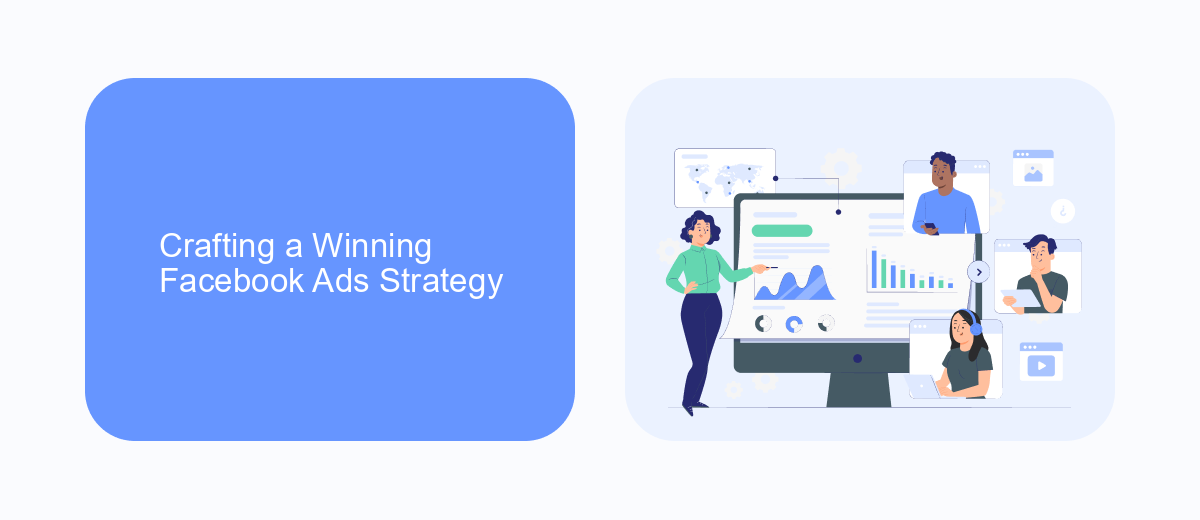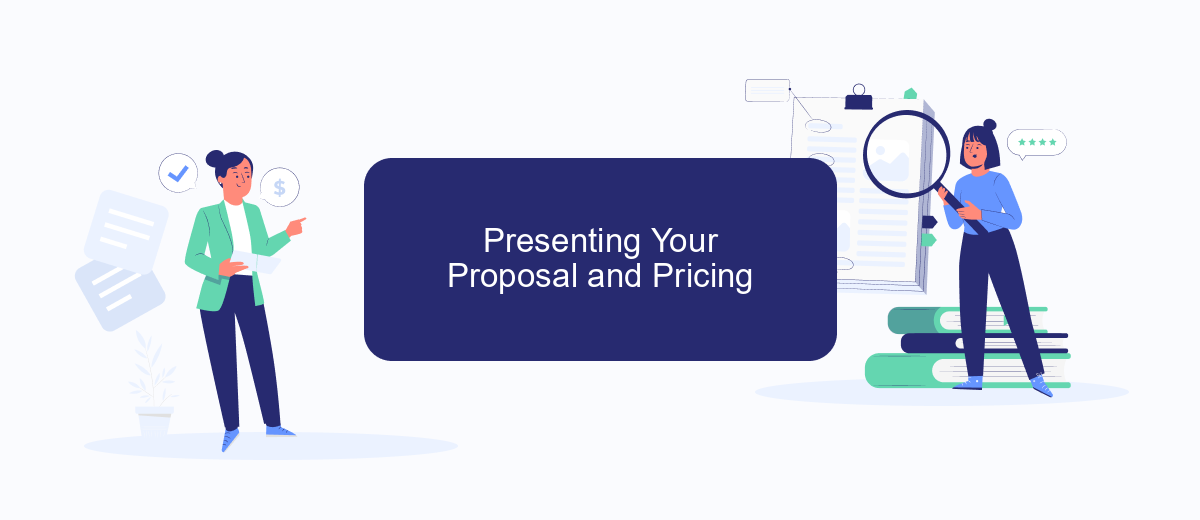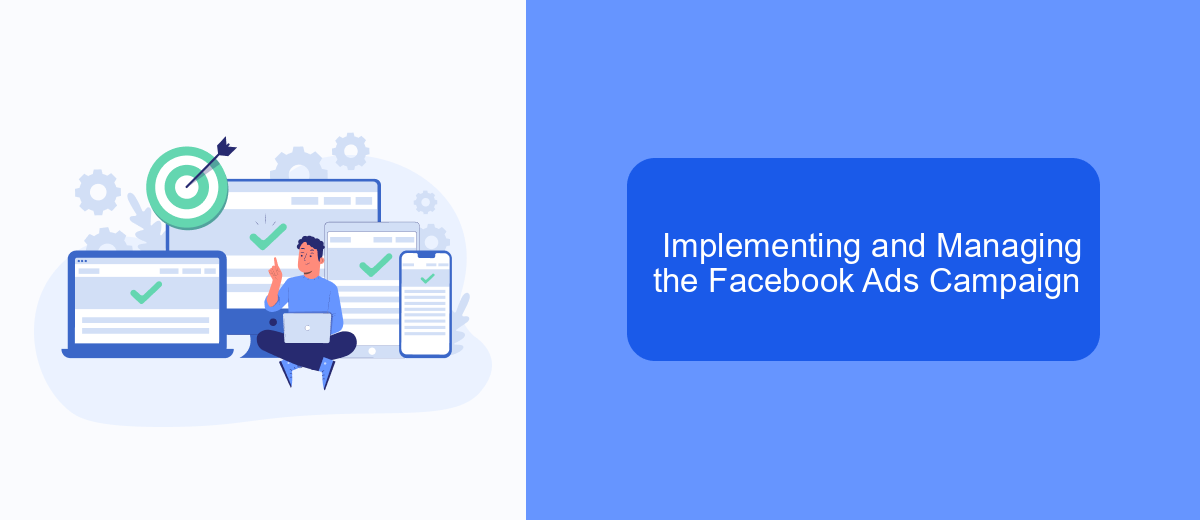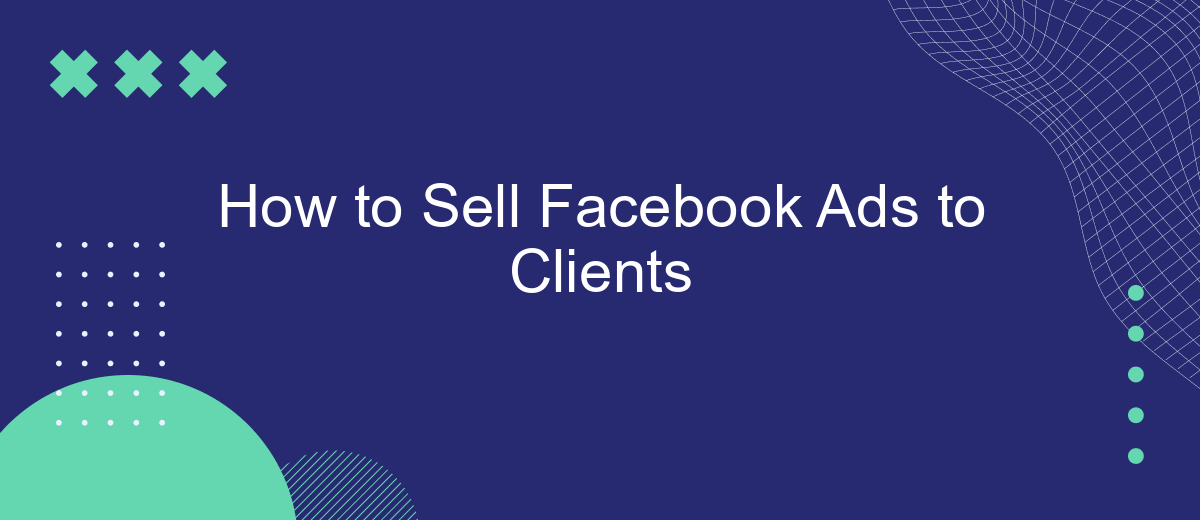In today's digital age, Facebook advertising has become an essential tool for businesses looking to expand their reach and engage with target audiences. However, effectively selling Facebook ads to clients requires a strategic approach and a deep understanding of their unique needs. This article explores key techniques and insights to help you successfully pitch and sell Facebook advertising services, ensuring both client satisfaction and business growth.
Understanding Your Client's Needs and Goals
When selling Facebook ads to clients, it's crucial to first understand their unique needs and goals. This understanding forms the foundation of a successful advertising strategy. Begin by engaging in a detailed conversation with your client to learn about their business objectives, target audience, and current marketing efforts. This will help you tailor your approach to meet their specific requirements and demonstrate your commitment to achieving their desired outcomes.
- Identify the client's primary business objectives, such as increasing sales, brand awareness, or lead generation.
- Understand the target audience's demographics, interests, and online behaviors.
- Assess the client's current marketing strategies and how Facebook ads can complement them.
- Determine the client's budget and desired return on investment (ROI).
- Explore any past experiences with Facebook ads and their outcomes.
By thoroughly understanding your client's needs and goals, you can create a customized Facebook advertising strategy that aligns with their business vision. This approach not only enhances the effectiveness of the ads but also fosters a strong, trust-based relationship with your client, positioning you as a valuable partner in their marketing efforts.
Crafting a Winning Facebook Ads Strategy

Creating a successful Facebook ads strategy begins with understanding your client's target audience and business goals. Start by conducting thorough research to identify the demographics, interests, and online behavior of potential customers. This information will guide you in crafting tailored ad content that resonates with the audience. Define clear objectives, whether it's increasing brand awareness, generating leads, or driving sales, and align your strategy accordingly. It's essential to choose the right ad formats and placements to maximize reach and engagement.
Once the strategy is in place, focus on optimizing and integrating tools to streamline the process. Utilize platforms like SaveMyLeads to automate lead collection and management, ensuring a seamless flow of information from Facebook ads to your client's CRM or email marketing systems. Regularly monitor ad performance and adjust your approach based on data analytics to enhance ROI. By combining strategic planning with advanced tools, you can deliver a comprehensive and effective Facebook ads strategy that meets your client's objectives and drives business growth.
Presenting Your Proposal and Pricing

When it comes to presenting your proposal and pricing to clients, clarity and transparency are key. Begin by clearly outlining the objectives of the Facebook ad campaign, ensuring that the client understands how these align with their business goals. Highlight the benefits of your approach and how it stands out from competitors.
- Start with a detailed breakdown of the campaign strategy, including target audience, ad formats, and expected outcomes.
- Provide a comprehensive pricing structure, explaining each component, such as ad spend, management fees, and any additional services.
- Offer different pricing packages to cater to varying client budgets and needs, ensuring flexibility and choice.
- Include case studies or testimonials to build trust and demonstrate past success with similar campaigns.
Conclude your presentation by inviting questions and addressing any concerns the client may have. Emphasize your commitment to delivering results and maintaining open communication throughout the campaign. By presenting a well-structured proposal and transparent pricing, you can build confidence and foster a strong client relationship.
Implementing and Managing the Facebook Ads Campaign

Implementing and managing a Facebook Ads campaign requires a strategic approach to achieve the desired outcomes for your clients. Start by clearly defining the campaign objectives, whether it's brand awareness, lead generation, or sales conversion. This clarity will guide the ad creation process and ensure alignment with the client's business goals.
Next, focus on audience targeting. Utilize Facebook's robust targeting options to reach the right demographic. Consider factors such as age, gender, location, interests, and behaviors to refine your audience. A well-targeted audience increases the likelihood of engagement and conversion, maximizing the campaign's effectiveness.
- Set up a detailed budget plan and schedule for the campaign.
- Create compelling ad creatives that resonate with the target audience.
- Continuously monitor ad performance and make necessary adjustments.
- Analyze campaign data to provide insights and recommendations to the client.
Regularly reviewing and optimizing the campaign is crucial for success. Use Facebook Ads Manager to track key performance indicators such as click-through rates and conversion rates. By staying proactive and responsive to the data, you can ensure that the campaign remains on track and delivers the best possible results for your clients.
Reporting and Analysis: Demonstrating ROI
Effectively demonstrating the ROI of Facebook ads to clients is crucial for maintaining trust and ensuring continued investment. Start by setting clear, measurable goals at the outset of each campaign, such as increased website traffic, lead generation, or sales conversions. Utilize Facebook's robust analytics tools to track key performance indicators (KPIs) that align with these goals. Regularly provide clients with comprehensive reports that highlight metrics such as cost per click (CPC), click-through rate (CTR), and conversion rates. This transparency helps clients understand how their investment translates into tangible results.
For a more streamlined reporting process, consider integrating tools like SaveMyLeads, which can automate data collection and reporting. This service allows you to effortlessly transfer lead data from Facebook to your CRM or email marketing platform, ensuring that no potential customer is overlooked. By leveraging such integrations, you can provide clients with real-time insights and demonstrate the direct impact of their ads on business growth. Ultimately, consistent and detailed reporting not only proves the value of Facebook ads but also builds a strong foundation for long-term client relationships.
FAQ
How do I convince clients to invest in Facebook Ads?
What budget should my clients allocate for Facebook Ads?
How can I measure the success of Facebook Ads for my clients?
What are the best practices for creating effective Facebook Ads?
How can I automate and streamline the process of managing Facebook Ads for multiple clients?
Don't waste another minute manually transferring leads from Facebook to other systems. SaveMyLeads is a simple and effective tool that will allow you to automate this process so that you don't have to spend time on the routine. Try SaveMyLeads features, make sure that this tool will relieve your employees and after 5 minutes of settings your business will start working faster.
